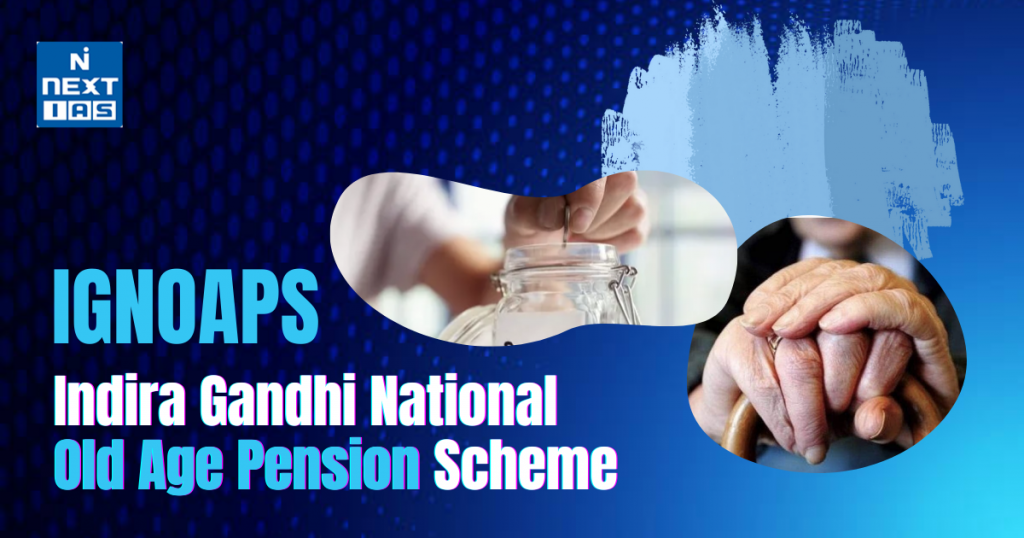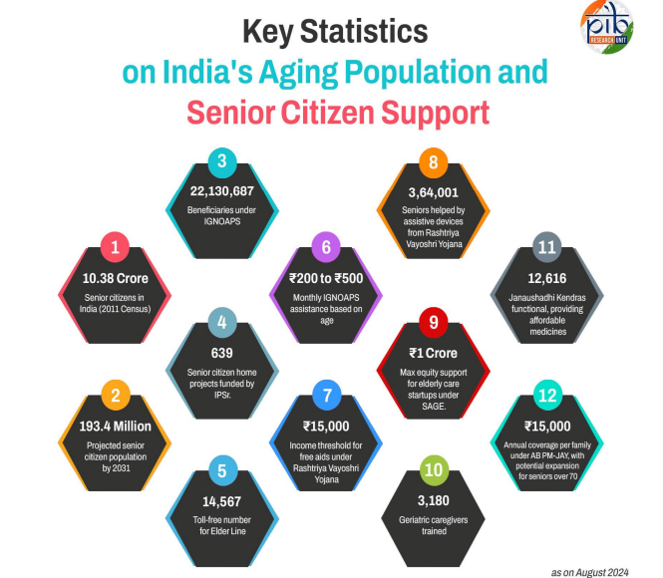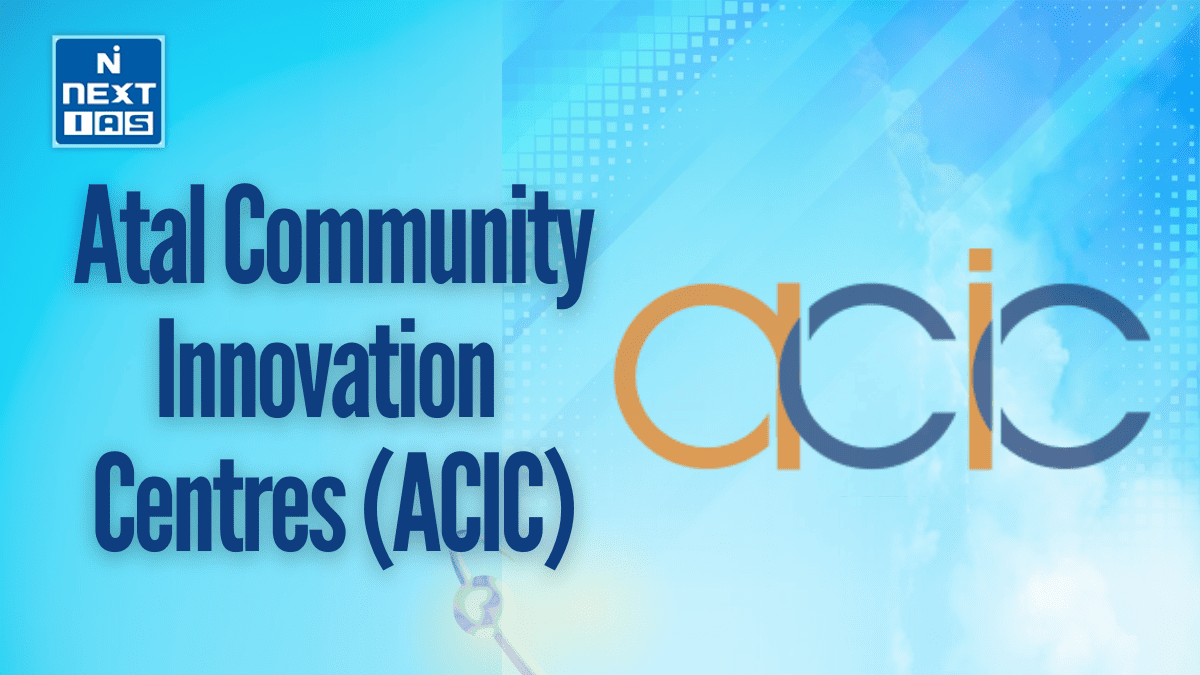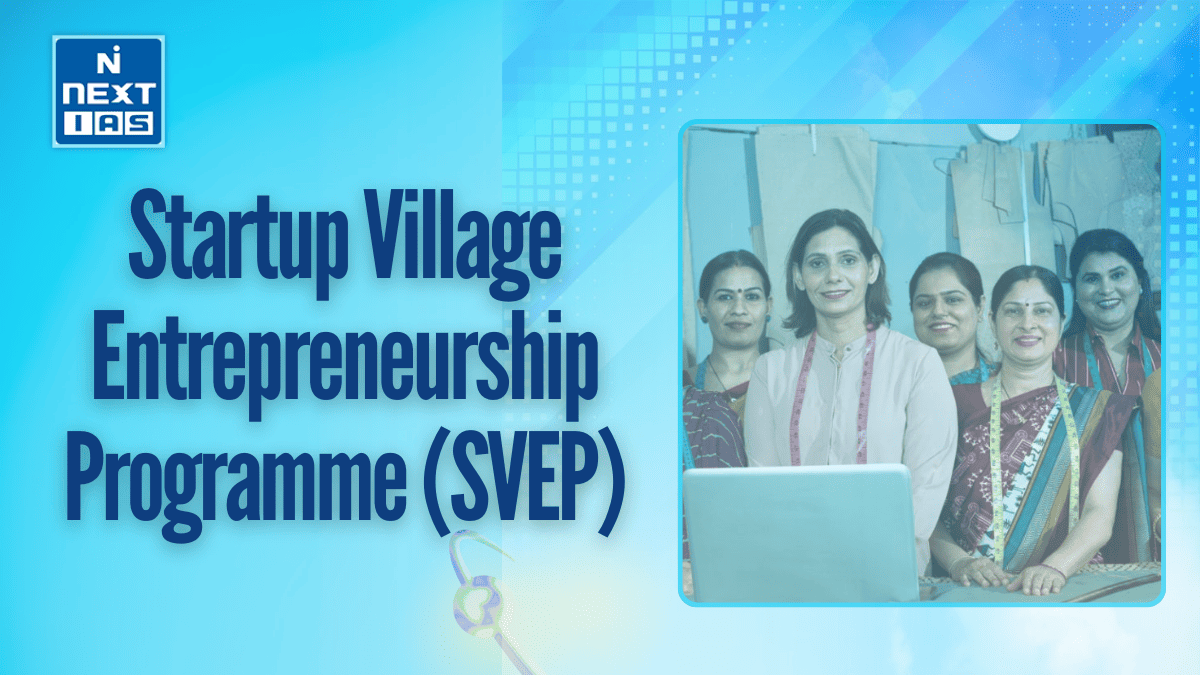
The Indira Gandhi National Old Age Pension Scheme (IGNOAPS) is a government initiative aimed at social welfare. There are financial benefits for senior citizens aged 60 years and above who are poor and above, ensuring basic support and dignity in old age.
About the Indira Gandhi National Old Age Pension Scheme (IGNOAPS)
- IGNOAPS is the Indira Gandhi National Old Age Pension Scheme, which is a social welfare measure by the government of India aiming at ensuring financial security among elderly persons.
- Launched under the National Social Assistance Programme (NSAP), it provides coverage for individuals aged sixty years and above and living below the poverty line (BPL).
- The monthly pension under this scheme is ₹200 for the age group of 60-79 years and ₹500 for age above 80, which is meant for minimum sustenance.
- Consistent financial aid would take care of the vulnerability and promote dignity and stability in the lives of the elderly at any point of time.
- The fund is transferred directly to the account of the beneficiary at the bank or post office, making it transparent and efficient.
- This scheme indeed plays an important role in alleviating the poverty of the aged and shows the commitment of the government toward social justice and inclusive growth by providing the elderly with sufficient assistance to enjoy a dignified and independent life.

Features of the Indira Gandhi National Old Age Pension Scheme (IGNOAPS)
- Eligibility:
- Beneficiaries must be aged 60 years or more.
- They should belong to families living below the poverty line.
- Pension Amount:
- ₹200 per month for persons aged 60–79.
- ₹500 per month for the persons aged 80 and above.
- Direct Benefit Transfer (DBT):
- Pension amounts are credited directly to beneficiary’s bank or post office account for transparency and reducing leakages.
- Central and State Contribution:
- The scheme is sponsored centrally, and the states are encouraged to add the central contribution by providing additional pension amounts.
- No Contribution Required:
- The pension will benefit the beneficiaries without any requirement of financial contribution for availing the pension benefits.
- Social Security Emphasis:
- Provides monetary assistance to meet basic needs such as dignified security in old age for the elderly.
- Implementation:
- Ministry of Rural Development in collaboration with the State governments.
A fine example of government commitment to the welfare and inclusiveness of vulnerable older persons is this scheme.
Objectives of the Indira Gandhi National Old Age Pension Scheme (IGNOAPS)
- Financial security: To give every elderly with a person under poverty line regular and stable old-age income.
- Promote social justice: To reduce the inequalities and support economically vulnerable elderly through attention to the needs of marginalized and disadvantaged people.
- Improve the quality of life: This will assist the old with their basic needs for food, health care, and shelter, thus making their living conditions better.
- Ensure dignity in old age: Empower the seniors lead a respectful life without depending upon others for money.
- Alleviate poverty: To generate a small living for elderly people from relief and stabilizes their lives. Such systems will ensure the efficiency and direct funds transfer to beneficiaries and eliminate the possibility of corruption and delays.
- Supportier empowered by inclusive growth: Society will create access to all, tackle the needs of vulnerable elderly citizens, and work in a socially inclusive way for the growing society.
Lacunae in the Indira Gandhi National Old Age Pension Scheme (IGNOAPS)
- Low Pension Amount:
- A meager ₹200 per month is hardly sufficient for 60-79 year olds, especially with the rising food, healthcare and shelter costs that an individual needs to deal with, in the likes of inflation.
- Error of Exclusion:
- Many eligible aged elderly are again deprived of awareness, improper identification, or lack of updated BPL (Below Poverty Line) records, particularly in rural and far-flung areas.
- Limited Coverage:
- Again, this limited scheme affects only BPL households, excluding a majority of elderly persons who are not technically BPL, yet are vulnerable economically.
- Delayed Payment:
- Intermittent flow of pension payments usually stress out beneficiaries- particularly those who do not have any other source of income.
- State-level Variability:
- While some states are declared as matching the grant and providing more funds, support differs heavily across the states, resulting in disproportionate levels of pension benefits.
- Absence of Periodic Re-evaluation:
- The scheme is not revised for some time in the tune of inflation and variations in economic conditions, so it seems less effective overtime.
- Barrier due to Digitization and Bureaucracies:
- Some of the beneficiaries experience challenges accessing their benefits due to a combination of not having a bank account, being digitally illiterate, and facing bureaucratic red tape/bureaucratic hassle, especially in rural areas.
- Limited Relevance:
- This scheme does not address all the other major needs of the aged, like health care or housing or social support, creating huge gaps in the otherwise complete comprehensive welfare system.
- BPL Criteria Dependency:
- Obsolete and, more often, even inaccurate BPL lists result in reducing the inclusion and excluding needy underprivileged people from receiving benefits.
And these need to be addressed to make IGNOAPS more effective and redundant to social security for a major section of India’s aged population.

Way Forward
To strengthening IGNOAPS, revision of pension amount correlating to inflation to keep the amount relevant. Increasing coverage beyond BPL criteria and improving outreach will lessen the exclusion mistakes. Streamlining cash through smooth digital mechanism disburses, integrating healthcare, housing, and social services ensures comprehensive welfares for the elderly.
Conclusion
It is a good source of income for the impoverished old people, which has improved the quality of life. It makes provision for a decent and minimum income for these senior citizens to make their old age better in terms of living and survival.





